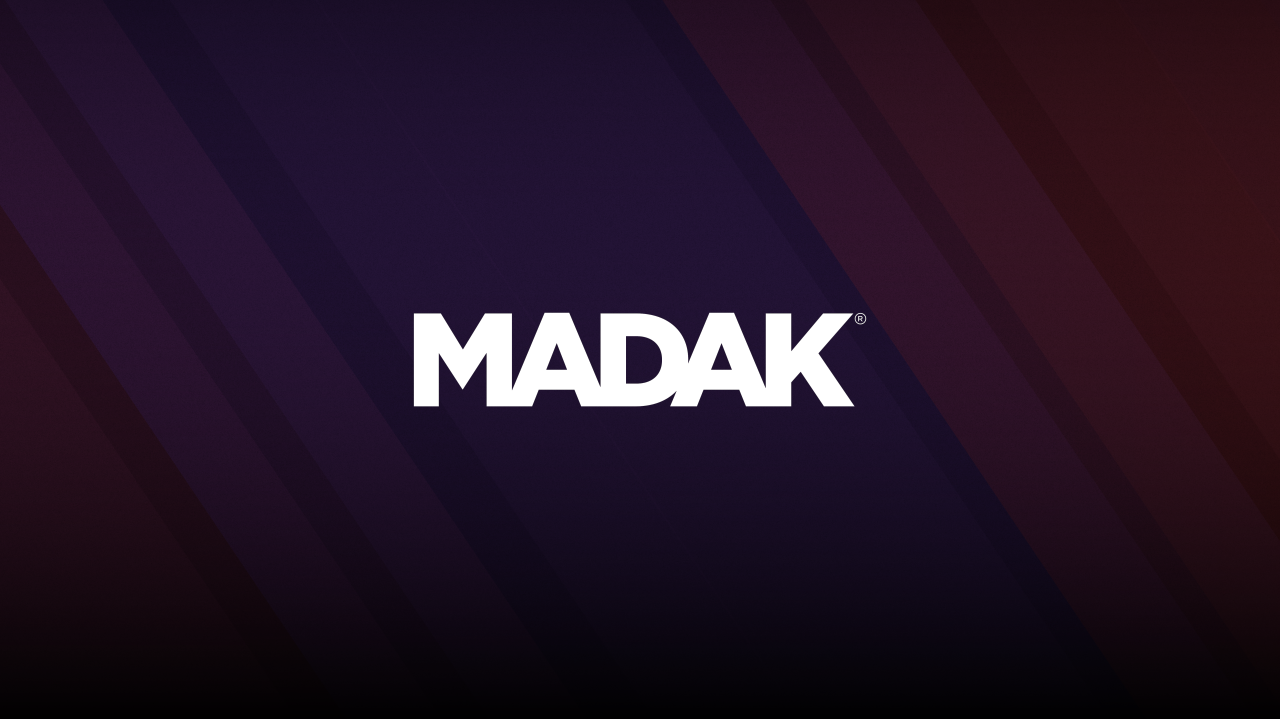Although trends have a reputation for being short-lived, these four content trends are taking marketing to an entirely new level through intentional, individualized audience experiences. We are seeing brands meet their fullest potential by fully embracing an authentic and valuable web presence. Four notable tools are redefining what it means to connect with your audience and maximize your marketing efficiency.
This blog will cover the importance of utilizing user-generated content, implementing personalized content, taking on the value over volume strategy, and how you can do all that while combatting content chaos. Let’s dive in!
User-Generated Content
The value that consumers are placing on authenticity is growing exponentially. User-generated content allows audiences to interact with a product or service that has caught their attention in a genuine, authentic way without having to experience it physically.
A new survey conducted by EnTribe spotlights the value of real people and stories in brand marketing. 84% of those surveyed reported being more likely to trust the brand if said brand incorporated user-generated content into its marketing initiatives.
Why is the product review created by someone who could be your next-door neighbor more influential than an expensive, professional photoshoot?
Simply put, audience members trust people who remind them of themselves. They value the realness that comes with user-generated content. Influencers and expensive photoshoots are difficult for the everyday consumer to relate to and trust.
The trust that occurs between users is un-replicable in traditional marketing methods. Trust cannot be created from brand to consumer without showcasing the consumer!
Personalized Content
Personalization empowers marketers to make communications that resonate with each consumer's specific needs, wants, and preferences. The future of marketing is no longer limited to making one means of communication appeal to a wide variety of people. There are many effective routes of communication to meet individual interests and goals.
Personalized content allows brands to connect with each audience member individually. Through experimental engagement and trial and error, brands can understand what is resonating with their audience and what is not.
Successful, top brands utilize personalized marketing strategies to ensure that their content resonates and appeals to each audience member as efficiently as possible. 88% of U.S. marketers reported seeing measurable improvements due to personalization.
Personalization is important because it is not efficient to give the person who is visiting your site for the first time the same experience as someone visiting for the sixth time. There are many factors that can go into a personalized experience—it is a good idea to start with one component of audience personalization, see how it goes, and develop from there.
Value Over Volume
Your audience is taking the time to engage with your content, so it is vital that the experience is worth it. Consistent valuable content is much more impactful than a constant flow of tasteless content.
It’s crucial that your content is relevant, engaging, and authentic. Your online presence is what audience members will spend the most time absorbing, so make every word count to serve your audience and win their respect!
Nurturing brand loyalty is about demonstrating credibility and sincerity. When audience members value your content, they are more likely to continue engaging with future communications. As a result, brand loyalty is rewarded.
Content Chaos
Managing multiple platforms, contributing to various channels, and keeping up with the in-flow of user-generated content can become more than a full-time job if you’re not organized.
Many marketers opt to utilize Dropbox or Google Drive in their pursuit to achieve some level of content organization. Yet, tools such as these can become overwhelming as you find yourself scrolling endlessly to locate one particular photo.
A Digital Asset Management system (DAM) provides marketers with one location for all digital assets. Within a DAM system, digital assets are accessible from anywhere at any time. Photos, videos, animations, audio files, etc. can be organized into one platform and assigned designated rules of how each piece of content can be shared.
DAM systems allow marketers to save time and resources through organizational methods to maximize efficiency. By implementing a DAM system into your marketing methods, you can make the most out of existing content and deliver meaningful initiatives more fluidly.
The Bottom Line
When you present your brand in an authentic, relatable way, you are giving your audience opportunities to feel a connection with your product and services. Today, there are so many ways in which you can deliver a meaningful customer experience. Utilizing user-generated content, implementing personalized content, and providing value are great strategies, especially when you reduce chaos by staying organized.
If you’re ready to learn more about important trends in content marketing and level up your marketing strategy, Madak is ready to help!


.png)






